Wall Creepers, also known as Climbing Plants or Climbers, are a diverse group of plants that have a natural ability to climb and attach themselves to vertical surfaces. They are often used to add greenery, texture, and beauty to walls, fences, trellises, and other structures. While there are numerous species of plants that can be considered wall creepers, I will provide a general overview of the characteristics and cultivation of these plants:
- Climbing Adaptations: Wall creepers possess various mechanisms that enable them to climb and adhere to surfaces. Some plants have tendrils that curl and grip onto nearby supports, while others have twining stems that wrap around structures. Some species produce adhesive pads or aerial roots that allow them to cling to surfaces. These adaptations allow wall creepers to climb upwards and spread their foliage.
- Types of Wall Creepers: There is a wide range of plants that can be used as wall creepers, including vines, shrubs, and certain types of ground cover plants. Some popular wall creeper species include Ivy (Hedera spp.), Clematis (Clematis spp.), Climbing Roses (Rosa spp.), Wisteria (Wisteria spp.), Virginia Creeper (Parthenocissus quinquefolia), and Bougainvillea (Bougainvillea spp.). These plants offer various leaf shapes, flower colors, and growth habits, providing a range of options for different aesthetic preferences.
- Cultivation: The specific cultivation requirements for wall creepers vary depending on the species. In general, most wall creepers prefer well-draining soil and a sunny or partially shaded location. Some plants, such as Ivy and Virginia Creeper, are quite adaptable and can tolerate a wide range of soil conditions. Others, like Bougainvillea, prefer warm climates and require protection from frost. It is essential to consider the growth habit of the particular wall creeper you choose and provide suitable support structures for them to climb and spread.
- Pruning and Maintenance: Regular pruning and maintenance are important for managing the growth of wall creepers. Pruning helps control their size, shape, and density, preventing them from overwhelming the supporting structure or encroaching on nearby plants. Some wall creepers may require more frequent pruning to maintain a tidy appearance, while others may be less demanding.
- Benefits: Wall creepers offer several benefits in garden and landscape settings. They can soften the look of bare walls and add greenery to urban environments. Wall creepers can also provide shade, insulation, and act as a privacy screen when grown on fences or trellises. Additionally, they attract beneficial insects, birds, and butterflies, enhancing the biodiversity of the surrounding area.
Remember that specific care instructions may vary depending on the particular species of wall creeper you are growing. It is always recommended to research the specific requirements of the plant you choose to ensure its successful cultivation and maintenance.

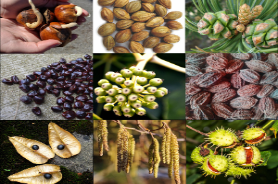

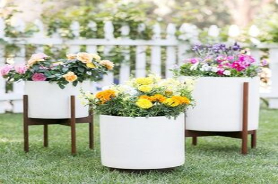




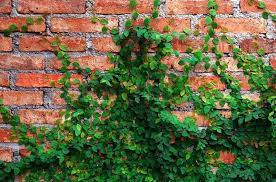
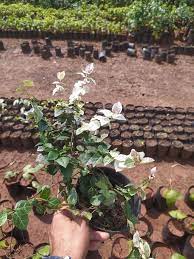
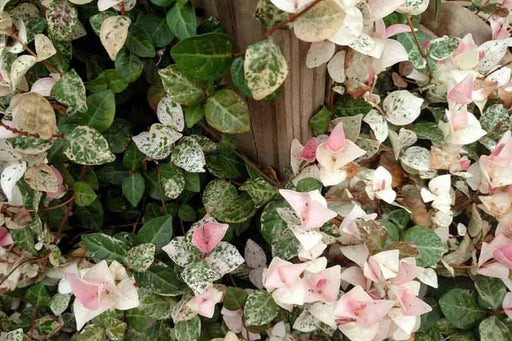
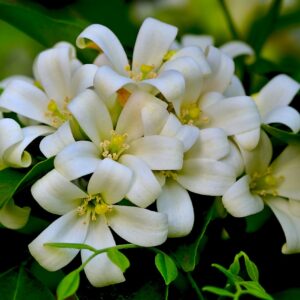


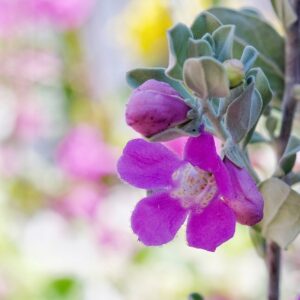
Reviews
There are no reviews yet.